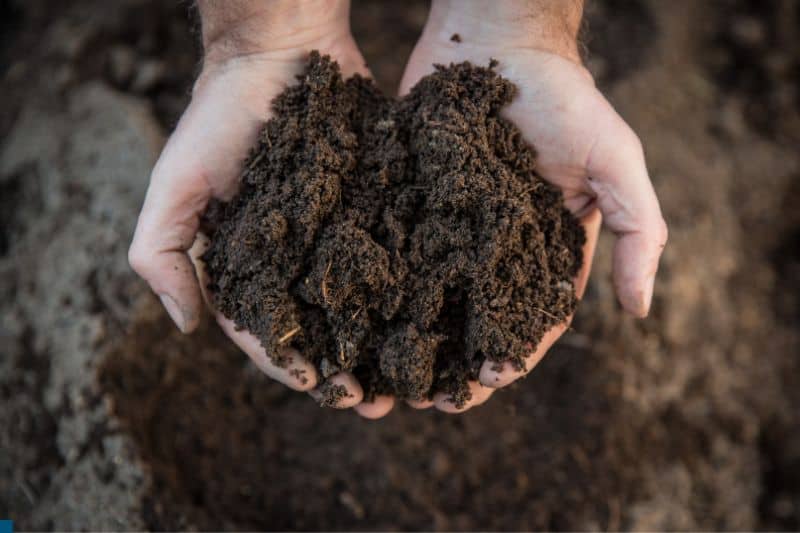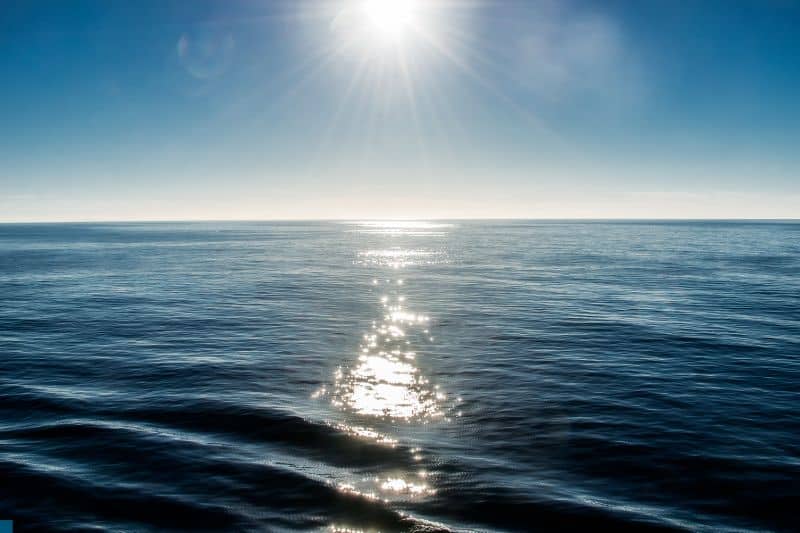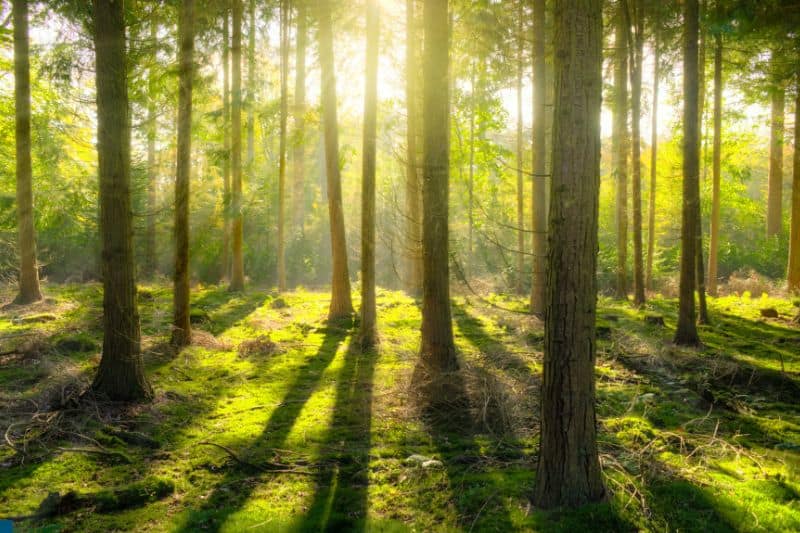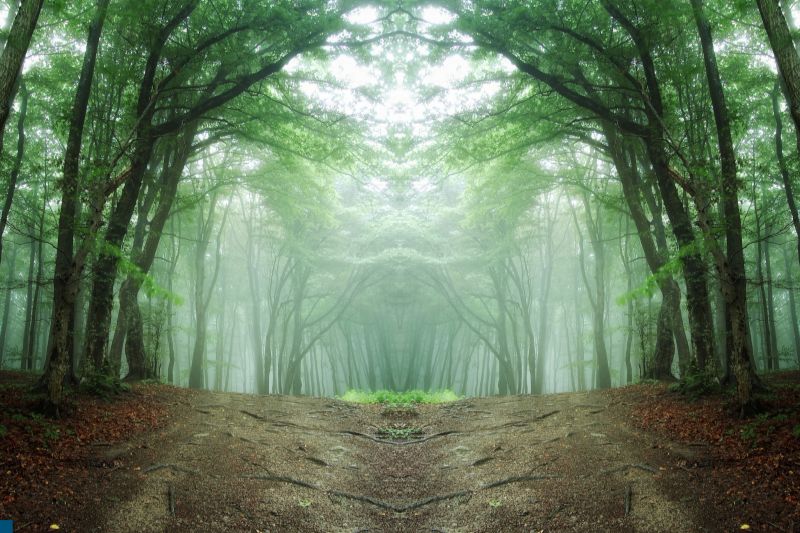One of the common natural challenges in the world today is climate change. This dramatically affects the environment and also causes some natural disasters. The impact of climate change on the world is severe as it leads to global warming.
Emission reduction is one of the ways to reduce the amount of carbon that is in the atmosphere. Although the government is taking steps to tackle climate change and reduce its effects, more than their efforts are needed.
At this point, carbon sinks come into place and play an essential role in reducing the amount of carbon emitted into the environment. Let us dive into what carbon sinks are and how they work.
What are Carbon Sinks?
Carbon sink, also known as a carbon pool, is something that acts as a sponge to absorb carbon compounds such as carbon dioxide. They refer to objects that remove more carbon from the atmosphere than they take in.
They can retain carbon for long and be created naturally or artificially. Do you know that all life on our planet depends on carbon? It is present in our DNA, the food we consume, and the oxygen we breathe.
The total carbon content on Earth has not changed, but its distribution is continually shifting as it is emitted or absorbed and moves between the climate system and living things. The carbon cycle, which has existed for thousands of years, is what this means.
The storage of carbon dioxide underground artificially is a goal of scientific research. Carbon first must be trapped, or it must be significantly slowed or stopped from being emitted into the environment from a preexisting carbon-rich item by being integrated into a lasting usage to be artificially stored.
After that, the material can either be passively preserved, often buried, or used effectively throughout time in several ways. The vegetation and ocean are the two most important carbon sinks globally.
Since the 1997 Kyoto Protocol was ratified, which encourages the use of CO2 sinks as a type of carbon offset, there has been an increase in public understanding of the importance of these ecosystems.
Examples of Natural Carbon Sinks
Natural systems called “carbon sinks” absorb and store atmospheric carbon dioxide. Examples of natural carbon sinks include soil, ocean, grasslands, and forests.
We must manage and safeguard our natural carbon sinks in order for them to soak the emissions of greenhouse gasses.
Soil

Soils are a short- to long-term carbon primary storage compared to all Amazonian forests and the atmosphere. Plant waste and other biomass, such as charcoal, build up in soils as organic material and are deteriorated by chemical weathering and microbial decay.
The ability of carbon to be removed from the environment by plants and deposited in the soil plays a significant role in reducing the effects of rising emissions. The sequestration, or “locking up,” of carbon within the soil has increased significance in the context of climatic changes.
According to research by the Food and Agriculture Organization, soil carbon sequestration is one of the most economically advantageous strategies to lower CO2 levels in the atmosphere. In addition, soil carbon is crucial as a crucial component of soil quality.
In vegetation and grassland ecosystems, soil organic carbon makes up about 95% of the total terrestrial carbon pool. As soils are flipped over during plowing, and the carbon is exposed to the atmosphere, it can be quickly released into the atmosphere.
Along with this significant release of carbon from the top 30 centimeters, organic matter also loses its additional advantages of soil nutrients and water retention.
Carbon is lost from soils as a result of current farming methods. Improved agricultural techniques, including raking, crop rotation, and cover crops, have been proposed to help soils resume their role as carbon sinks.
Ocean

You might think oceans are just a source of water; however, they are much more than that. Oceans are essential ecosystems owing to the multiple services and products they offer. The biggest carbon sink on the planet is the ocean.
The seas take over 25 percent of the carbon dioxide people to release into the atmosphere. They also can store carbon. Due to their tendency to grow more quickly, they can absorb large quantities of CO2.
Also, since their soils are mainly anaerobic, wetlands ecosystems are extremely significant as carbon sinks.
Forest

When forests are growing in size or density, they act as carbon dioxide sinks as well as carbon storage. Up to 80 percent of Canada’s arctic tundra carbon is kept in the ground as dead organic matter.
The fact that replanting can reduce solar reflection somewhat offsets the global cooling sensation of forests’ ability to store carbon. Mid-to-high-latitude forests have significantly lower reflectivity during snow periods than flat land, contributing to warming.
The forest carbon cycle, which describes the continual flow of forest carbon between the environment and trees, also allows carbon to be released anywhere at any time via deforestation or wildfires.
How Do Carbon Sinks Work?
Carbon sinks work by soaking in and storing more carbon from the environment than it emits. The three main natural carbon sinks all store carbon in different manners. We will examine those ways in the next sentence below.
Mineral flecks, decomposed vegetation, air, liquid, and even living things can be found in soil. This indicates that they hold onto a significant portion of the carbon that those materials, primarily plants, previously removed from the atmosphere.
For an exceptionally long time, soils may store the carbon, which otherwise would have been released as carbon dioxide into the air. Trees and vegetation take in carbon dioxide from the air through photosynthesis, which is subsequently placed and retained in forest biomass.
Simply due to their vastness and greater longevity, large expanses of forests and trees serve as more substantial carbon sinks. The planet’s oceans play a significant role in the carbon sequestration process through the absorption and dissolution of CO2 from fresh water and photosynthesis.
Diatoms, which are tiny plants, have indeed been discovered to accumulate 10 to 20 billion metric tons of carbon dioxide annually only by drifting on the ocean’s surface.
Artificial Techniques For Carbon Sequestration
Carbon must first be trapped or greatly postponed or stopped from re-releasing into the environment from a preexisting carbon-rich substance by being integrated into permanent usage.
After that, the material can either be passively retained or used productively throughout time. Artificial carbon sequestration describes a variety of methods for capturing carbon emissions at the point of production and then, well, burying them.
Ocean sequestration is another technique that has to do with injecting carbon dioxide into the ocean to create streams of CO2. Theoretically, gravity and atmospheric air water will keep the carbon dioxide at a depth where it can slowly dissolve into the water over time.
Another technique is geological sequestration, which pumps carbon dioxide into inaccessible subsurface spaces, including aquifers, coal seams, and abandoned oil reserves.
It is also being thought about sequestering minerals. This technique delivers carbon dioxide into calcium- or magnesium-rich regions. When exposed to carbon dioxide, these substances will mix to generate calcium carbonate and magnesium carbonate.
How Do Carbon Sinks Affect the Environment?
Carbon sinks are essential to manage the amount of carbon in our environment and keep global climate change under control. The only issue is that carbon sinks have an upper bound.
These habitats may stop accumulating carbon entirely and even release carbon stored back into the air once carbon sinks are degraded or eliminated.
High volumes of carbon dioxide are prevented from reaching the atmosphere and contributing to global warming thanks to carbon sinks. By eliminating the emission of carbon dioxide, environmental solutions like tree planting, recovering seagrass habitats, and mangrove restoration can help resolve the climate crisis.
Burning fossil fuels is one anthropogenic activity that has liberated carbon from its long-term geologic storage as coal, oil, and natural gas, releasing it into the air as carbon dioxide gas. Additionally, carbon dioxide is naturally emitted during the rotting of animals and plants.
Carbon sinks are reservoirs that store carbon and prevent it from escaping into the atmosphere. For instance, while forest regeneration is a kind of carbon sequestration and the forests act as carbon sinks, deforestation is a carbon source emission into the atmosphere.
Through photosynthesis, carbon is routinely transported from the air to terrestrial carbon sinks; it can also be deposited in above-ground biomass and soils.
Conclusion
Our greenhouse gas emissions must be urgently and drastically reduced to prevent future catastrophic climate change. Managing habitats and ecosystems that serve as essential natural carbon sinks is one approach to this.
This ensures they keep a sufficient amount of carbon in the system and do not frequently contribute to atmospheric emissions. We, as individuals, must take up the responsibility of ensuring that the natural carbon sinks remain intact.






